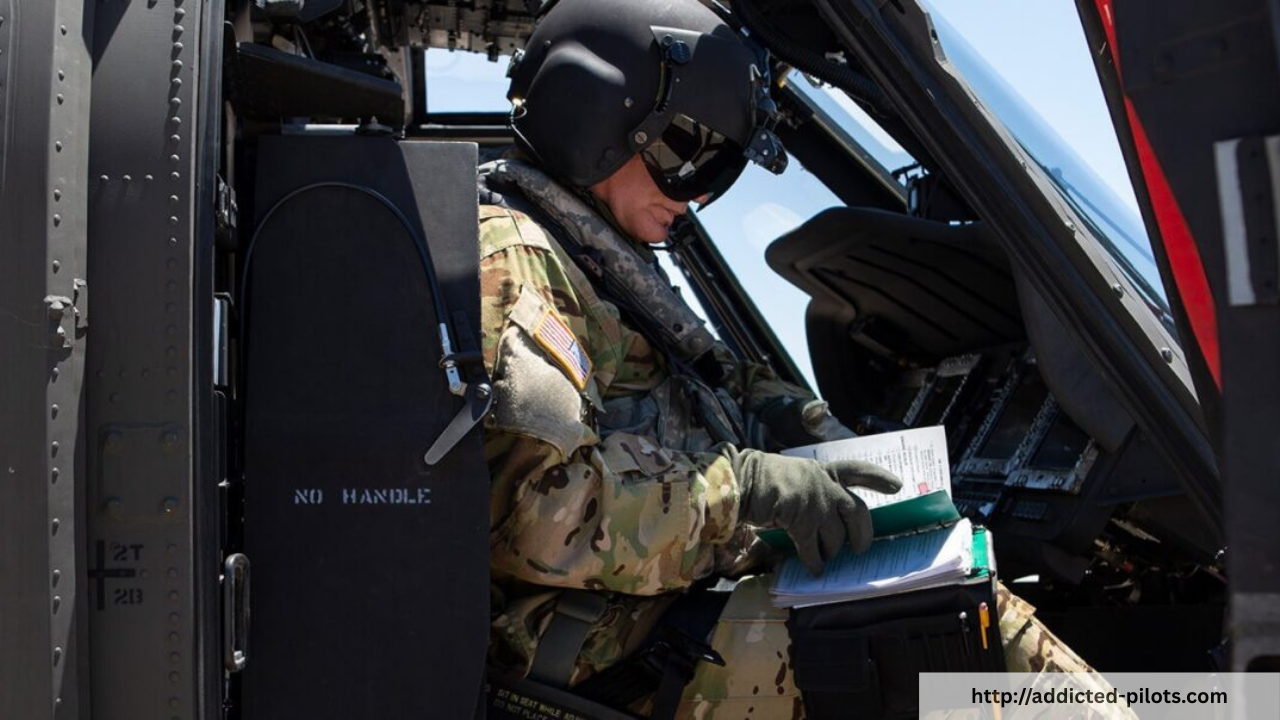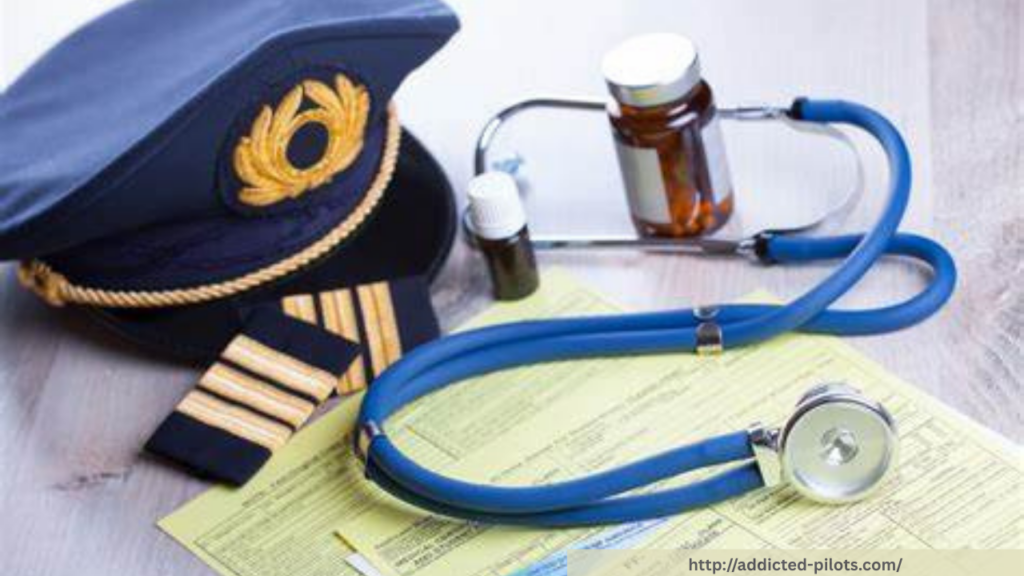
Pilots are held to some of the highest professional standards in any industry. With lives depending on their performance, they must maintain peak physical and mental health. Yet, despite the stringent regulations and expectations, substance abuse remains a real and concerning issue among pilots. Addiction, when it takes hold, not only threatens the career of the pilot but also endangers the lives of countless passengers and crew.
The Hidden Struggle
Addiction is often described as a disease that thrives in silence and shame. In the aviation world, where stoicism and self-reliance are often seen as virtues, admitting to a problem like substance abuse can feel nearly impossible. Pilots may fear judgment, the loss of their licenses, or even permanent dismissal, leading many to suffer in silence.
Alcohol is the most commonly abused substance among pilots. Despite rules like the “eight hours from bottle to throttle” mandate by the Federal Aviation Administration (FAA), some pilots still engage in risky behaviors. Prescription drugs such as opioids, stimulants, and anti-anxiety medications also contribute to dependency issues, especially when used to cope with chronic pain, fatigue, or stress.
The Risks in the Air
Operating an aircraft under the influence of drugs or alcohol can have catastrophic consequences. Substance abuse impairs reaction time, judgment, coordination, and decision-making ability—all of which are critical for safe flight operations. Even if a pilot is not under the influence during a flight, the lingering effects of substance use, such as withdrawal symptoms or poor sleep, can impact performance.
The aviation industry has a strong safety culture, and for good reason. One impaired pilot can jeopardize hundreds of lives in a single flight. The margin for error is razor-thin, and substance abuse erodes a pilot’s ability to operate safely within those margins.
The Human Cost
Beyond the cockpit, addiction takes a heavy toll on pilots’ personal lives. Relationships suffer, mental health deteriorates, and feelings of guilt and isolation deepen. What begins as a coping mechanism can quickly become a destructive force, stripping away the very identity and career that pilots worked so hard to build.
The fear of being grounded often prevents pilots from seeking help until the problem becomes undeniable. Unfortunately, by then, consequences may already be severe—professionally, emotionally, and even legally.
Pathways to Recovery
Despite the seriousness of the issue, there is hope. Programs like the Human Intervention Motivation Study (HIMS) provide a structured path to recovery for pilots struggling with substance abuse. Through HIMS, pilots receive confidential treatment, ongoing support, and, when appropriate, the opportunity to return to flying duties. These programs emphasize accountability while recognizing that addiction is a medical condition deserving of care, not punishment.
Building a Safer, More Supportive Industry
To combat substance abuse among pilots effectively, the aviation industry must foster a culture that supports mental health and early intervention. Regular wellness checks, education about addiction, and confidential support systems can encourage more pilots to seek help before a crisis occurs.
Grounding a pilot because of addiction should not be seen as the end, but as the beginning of a journey toward healing—and ultimately, a safer sky for everyone.

